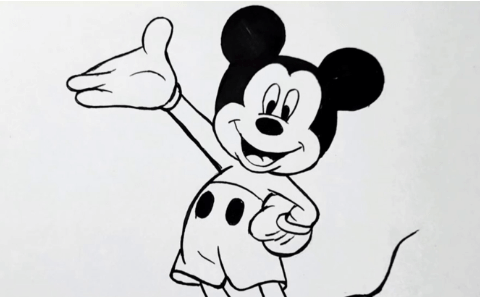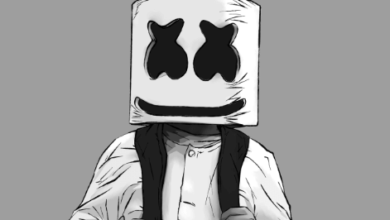
The process of drawing Mickey Mouse serves as a fascinating intersection of technique and character interpretation. Capturing his iconic design requires an understanding of proportion, line fluidity, and the effective use of color to evoke his playful nature. However, the journey does not end with mere replication; it invites artists to explore their own unique expressions through personalization. As we examine the essential drawing techniques and avenues for artistic individuality, one must consider how these elements not only shape Mickey’s image but also reflect broader artistic narratives. What might these narratives reveal about the evolution of character design?
Understanding Mickey’s Character Design
Mickey Mouse’s character design embodies a unique blend of simplicity and expressive features, which collectively contribute to his enduring appeal and recognition across diverse audiences.
His iconic silhouette, characterized by circular shapes and minimalistic lines, coupled with a vibrant color palette of red, black, and yellow, creates a visual identity that is both playful and memorable, resonating deeply with fans of all ages.
See also: Drawing:Arl6lmypj2q= Cool
Essential Drawing Techniques
To effectively capture the essence of Mickey Mouse in drawing, artists must employ fundamental techniques that emphasize proportion, shape, and fluidity of movement.
Utilizing varied line weight enhances the dynamism of his features, while effective shading techniques can create depth and dimension.
Mastering these elements allows artists to convey Mickey’s whimsical personality, inviting viewers into a world of creativity and imagination.
Tips for Personalizing Your Artwork
Personalizing artwork allows artists to infuse their unique perspectives and emotions into their creations, transforming a familiar character like Mickey Mouse into a distinct expression of individual artistry.
Consider experimenting with color choices that evoke personal memories or feelings.
Additionally, explore style variations—whether whimsical, abstract, or realistic—to further convey your artistic voice, ultimately making your piece resonate on a deeper, more personal level.
Conclusion
In conclusion, the process of drawing Mickey Mouse transcends mere replication of his iconic design; it invites artists to explore individuality through creative interpretation.
While some may argue that deviation from traditional colors and styles undermines the character’s essence, such personalization fosters a deeper connection between the artist and the subject.
Embracing unique artistic choices not only honors Mickey’s legacy but also enriches the creative landscape, ensuring that his spirit continues to inspire diverse expressions of art.




